

Notizie
EOT cranes have the advantages of a compact structure, flexible operation, and strong adaptability. It is widely used in various industrial manufacturing and warehousing, and logistics handling scenarios. Mastering the safety operation specifications of EOT Crane can not only effectively prevent lifting accidents, but also extend the service life of the equipment and improve production efficiency. This article provides a detailed introduction to the safety operation guidelines for EOT Cranes, covering pre-operation, in-operation, and maintenance procedures, to help enterprises establish a safer and more efficient lifting operation environment.
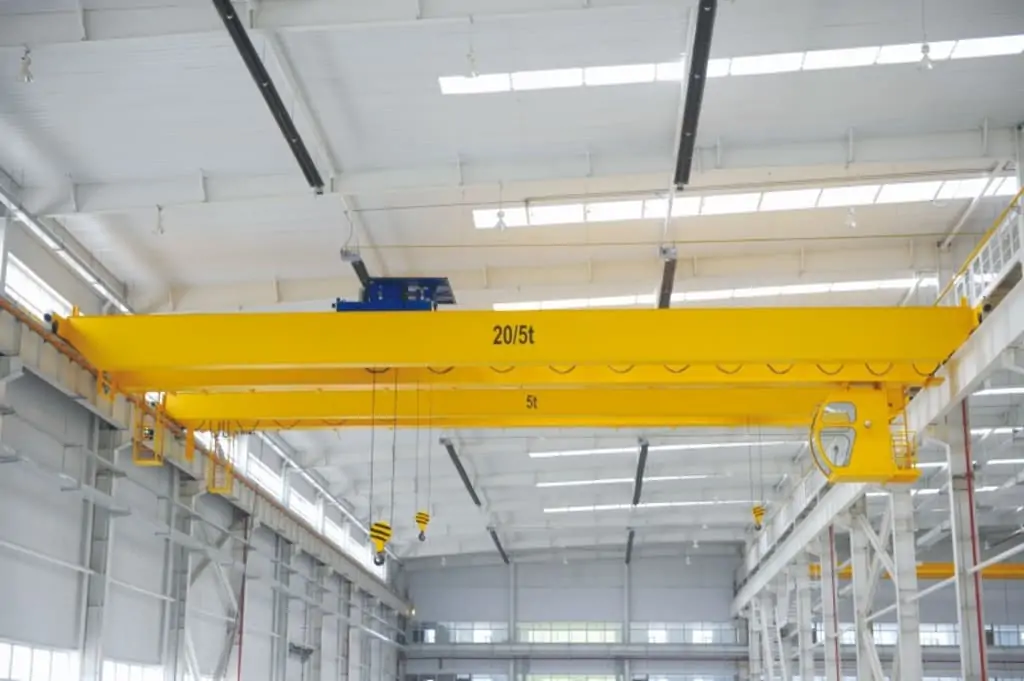
Before starting the single-girder bridge crane, thoroughly inspect all mechanical equipment, electrical components, and safety devices to ensure they are in good condition and reliable. If any major components such as controllers, brakes, limit switches, bells, or emergency switches are malfunctioning, lifting operations are strictly prohibited.
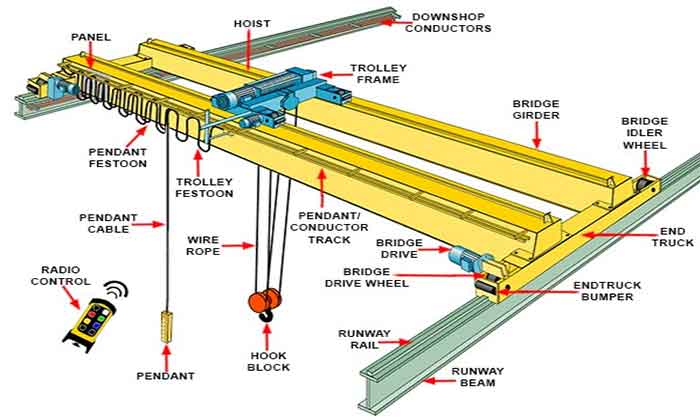
| Inspection Category | Inspection items | Inspection Standards |
|---|---|---|
| Mechanical Components | Structural inspection | No abnormalities at the main beam connection points; tracks and vehicle frame running mechanisms are clean and undamaged. |
| Stopper devices show no deformation, damage, or loosening. | ||
| Wheel inspection | Tread surfaces and wheel flanges exhibit no significant wear or damage; cracks or indentations must not exceed 3mm in depth; otherwise, replacement is required. | |
| Wire rope inspection | The rope is wound normally, with no twists, burns, severe wear, or corrosion. | |
| The number of broken wires is ≤19 wires per twist, with no complete strand breaks. | ||
| Hook and pulley inspection | The hook has no cracks or deformation, the bearings rotate smoothly, and the nuts are securely tightened. | |
| The pulleys rotate smoothly, with only minor wear on the grooves. | ||
| Electrical Components | Safety devices | Controller, brake, limit switch, bell, and emergency switch functions are normal; otherwise, lifting is prohibited. |
| Insulation and grounding | Insulation resistance ≥ 0.5 MΩ, with regular inspection records and no expiration. | |
| Protective grounding (neutral) is reliable. | ||
| Other Requirements | Periodic testing | Regular mechanical tests are passed, with complete records and within the validity period. |
| Osservazioni | Abnormal condition handling | Any abnormalities must be immediately stopped and addressed. |
Before operation, ensure that there are no people on the walkway or tracks.
After closing the main power supply, start the equipment in a no-load state.
Check that all moving parts, control systems, and safety devices are functioning normally.
Test and adjust the electric hoist brake to ensure sensitivity and reliability.
Only after all functions have been confirmed to be in order may the equipment be officially put into use.
Note: Do not operate the equipment if the test run fails.
(1) Whether the button can reliably control the lifting and operation of the hoist.
(2) Whether the limiter is flexible and reliable. The upper limit position is ≥50mm from the drum.
(3) Whether there is any abnormal sound or smell during the operation.
(4) The brake and control system function reliably, and the action is sensitive.
(5) The button interlocking device functions reliably (i.e., pressing the opposite buttons at the same time will fail).
After work is completed, move the electric hoist and the operating button panel to a safe position and cut off the power supply. When there are other running equipment under the beam that is higher than the hook, the parallel distance between the adjacent end of the electric hoist and the outer edge of the equipment should be greater than 1 meter to prevent collision damage.
Note that workers in the lifting workplace should wear safety helmets.
When lifting for the first time or reaching the rated load capacity, a brake test must be conducted:
① Lift the load to 0.5 meters above the ground and stop.
② Slowly lower the load to verify the reliability of the brakes;
③ Only continue operations after confirming normal operation.
Do not operate the crane under the following conditions:
(Non-compliance with these procedures may result in serious accidents; strict adherence to this procedure is required.)
The hook should be raised more than two meters above the ground, the trolley should be parked at the designated position, and the controller handle should be placed in the "zero" position; pull down the knife switch, cut off the power supply, and ensure safety.
| Maintenance cycle | Inspection items | Maintenance Standards |
|---|---|---|
| Daily | Power management | The power switch box is managed by designated personnel. Electric hoists are regularly maintained, inspected, and lubricated. |
| Every 50 hours | Wire rope system | Inspect the wire rope drum and rope guide for damage. |
| Inspect the tightness of the support bolts. | ||
| Every 200 hours | Electrical and hook inspection | Inspect the electrical equipment and control system for proper functionality. |
| Inspect the hook for cracks or cold deformation. | ||
| Annually | Comprehensive inspection | Inspect wear parts and transmission components for wear; replace immediately if wear exceeds specifications. |
| Shift change | Handover records | Maintain shift handover records to ensure clear documentation of equipment status. |
EOT cranes are indispensable heavy-duty equipment in industrial production, and their safe operation directly affects corporate production efficiency and employee safety. To ensure long-term stable operation of the equipment, companies must strictly enforce safety operating procedures, implement daily maintenance and inspection systems, and conduct regular inspections of critical components.
Through standardized operations, regular maintenance, and strict handover management, companies can not only extend the service life of the equipment but also effectively prevent safety accidents and ensure smooth production operations.
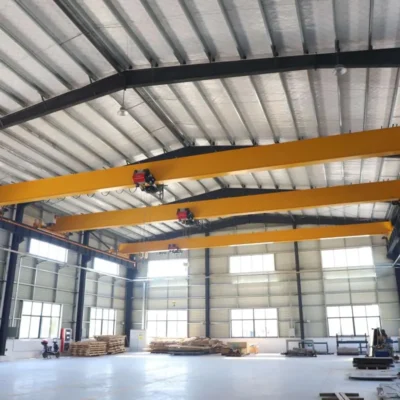
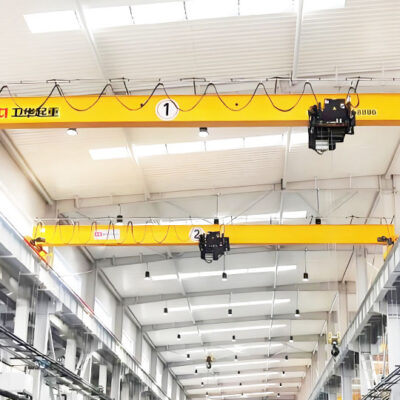
Data:
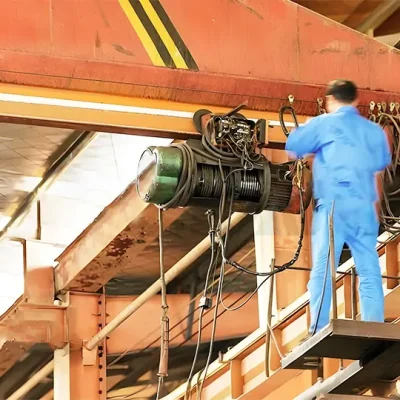
Data:
Invia la richiesta